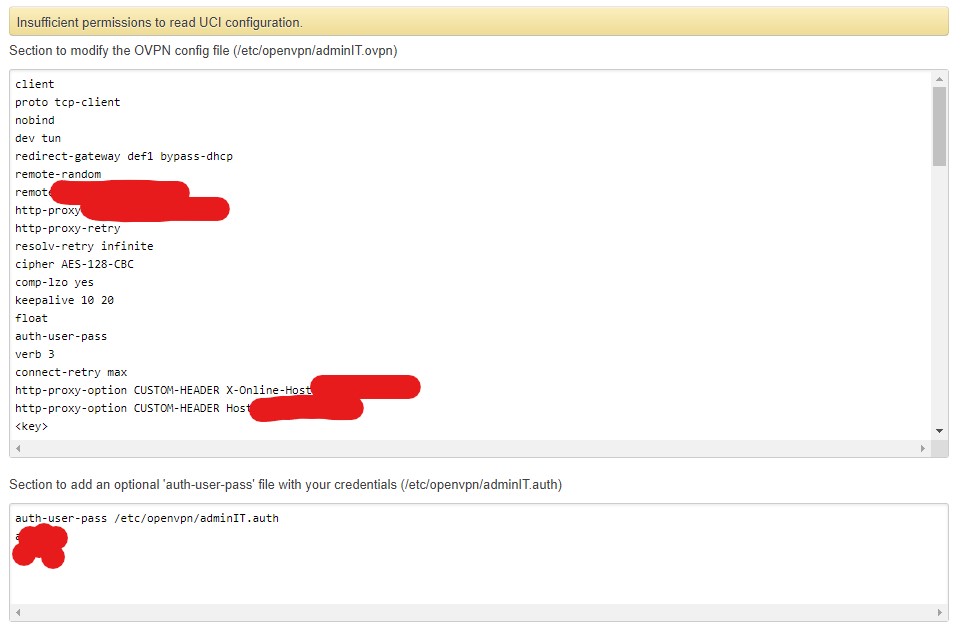

You must decide whether you want to set up the VPN server directly on Raspberry Pi (with a connected monitor, mouse, and keyboard) or through an SSH client.

Raspberry Pi (recommended: Model 2 or higher).With a personal VPN connection, you can also work with much more sensitive data (like, for example, online banking accounts) over public WLANs.įor the tutorial given below, you will need the following: This makes it accordingly difficult for hackers to infiltrate the tunnel and record the data traffic. As a result, the tunnel is much safer than average public internet connections. The VPN tunnel starts at your client and ends at your VPN server – it extends over the entire internet connection. Now, if you access your VPN with a client using an internet connection outside of your personal LAN it will be done via an encrypted connection (called a VPN tunnel). You can connect devices (such as laptops, smartphones, or tablets) to the server over client software. The computer functions as a host for the virtual private network. With an encrypted connection to your VPN server, you can move around the network more securely than if you were relying on risky, open internet connections (such as public WLANs).įor a secure connection to a VPN server like this to be possible, you have to set up a VPN server on a computer system on your local network that’s permanently connected to the internet. printers or fax machines), as well as use the local network’s internet connection. You can use it to access data located in the LAN and address individual devices from a distance (e.g.

With a self-established VPN, it’s possible to access your own local network from any internet source. It’s a virtual communication network, where the queries and responses between the VPN server and the VPN clients (devices linked to the server) are usually transported over the internet. A VPN set up in a local area network ( LAN) enables you to access the network from outside.


 0 kommentar(er)
0 kommentar(er)
